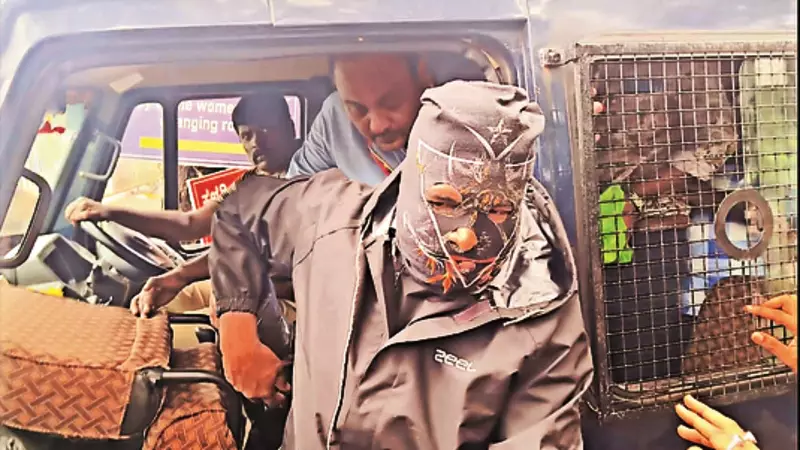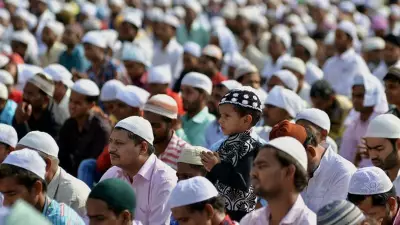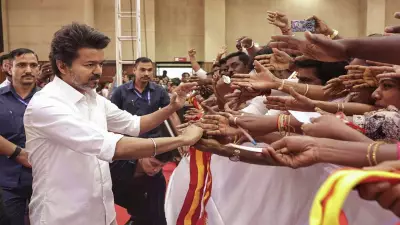
Investigation Exposes False Claims in Dharmasthala Burial Case
The Special Investigation Team (SIT) of Karnataka Police has taken decisive action in the controversial Dharmasthala secret burial case, filing a formal report before a local court to initiate perjury proceedings against the complainant. This development comes after an extensive investigation failed to uncover any evidence supporting the sensational claims of secret burials in the temple town.
According to official sources, the SIT submitted its report under Section 215 of the Bharatiya Nagarik Suraksha Sanhita (BNSS) before the magistrate's court in Belthangady on Thursday. The investigation team has specifically requested the court to begin proceedings under Section 379 of the BNSS against complainant C N Chinnaiah, a former sanitation worker.
Conspiracy Uncovered Against Temple Authorities
The SIT investigation has revealed what appears to be a coordinated conspiracy against the influential Dharmasthala temple authorities. Sources within the probe team indicated that Chinnaiah was allegedly part of a larger plan orchestrated by several activists in the region to target the temple administration.
C N Chinnaiah had originally claimed that he conducted dozens of secret burials of bodies in Dharmasthala between 1995 and 2014. His dramatic allegations had sparked widespread concern and prompted the formation of the special investigation team to verify these serious claims.
The investigation took a significant turn when the SIT arrested Chinnaiah himself on August 23 after month-long searches yielded no evidence to support his allegations. Importantly, the former sanitation worker was arrested in connection with his own complaint rather than a separate case for providing false information.
Legal Proceedings and Evidence Contradictions
The legal battle has been ongoing, with Chinnaiah's earlier bail plea being rejected by a district court in Dakshina Kannada. The complainant has since filed a fresh plea for release on bail as the case takes new turns against him.
One of the most dramatic elements of the case involved Chinnaiah producing a skull that he claimed was part of the alleged secret burials. However, the SIT investigation uncovered that the skull was allegedly provided by one of the co-conspirators, whose niece had been killed in a 2012 rape-murder case.
The timing of the SIT's report filing is significant, coming shortly after the Karnataka High Court lifted a stay on investigations into the Dharmasthala secret burials case on November 12. This legal clearance allowed the investigation to proceed to its current conclusion.
Legal experts explain that Section 215 of the BNSS deals with "prosecution for contempt of lawful authority of public servants, for offences against public justice and for offences relating to documents given in evidence." The provision specifically states that no perjury case can be initiated without a formal written report by a public servant demonstrating evidence of perjury in legal proceedings.
An SIT source clarified the legal process: "Section 215 of the BNSS leads to Section 379 of the BNSS. It sets the stage for the court to decide whether a charge of perjury is to be initiated against a person."
Broader Implications and Related Cases
The investigation has also examined other aspects of the secret burial claims, including allegations made by an elderly woman who claimed her daughter, a medical student at Manipal, had gone missing in Dharmasthala in 2003. However, no FIR was registered in this case after preliminary investigations failed to corroborate the woman's statements.
While the activists involved have not been named as accused in the original case, sources indicate they could face legal consequences if the court orders the initiation of a perjury case. The investigation, which began in July, has consistently failed to find evidence supporting the various claims made about secret burials in Dharmasthala.
The case has drawn significant attention to the temple town of Dharmasthala in Dakshina Kannada district, known for its religious significance and administrative influence in the region. The SIT's findings represent a significant development in a case that has captured public imagination and raised serious questions about the verification of sensational claims.





